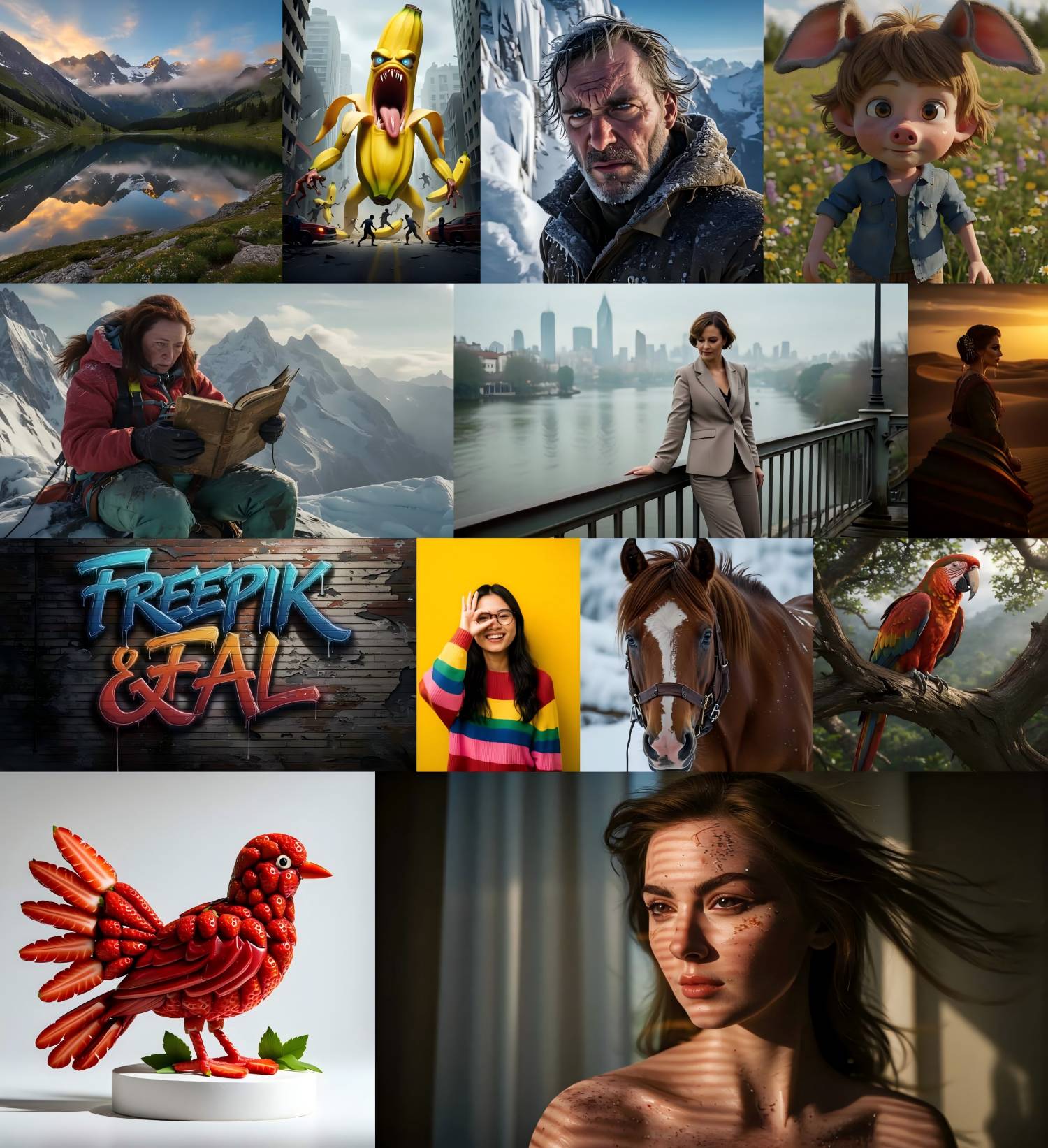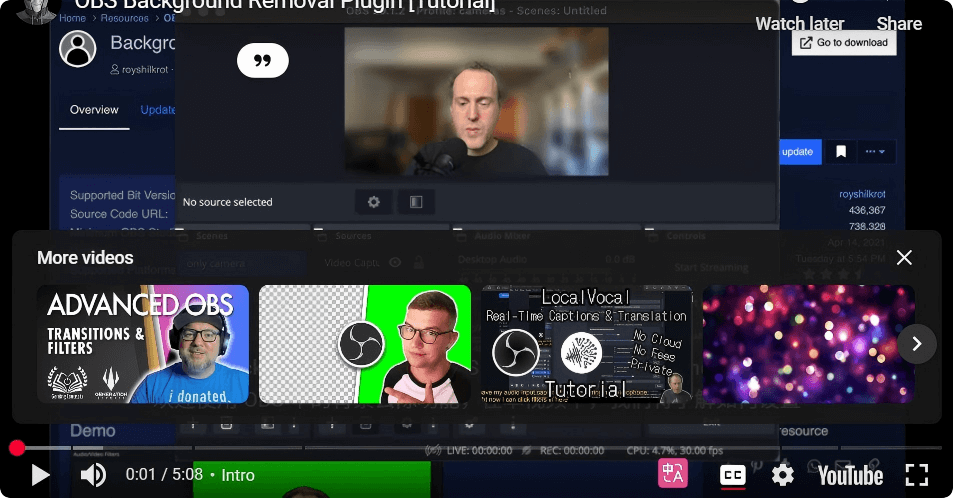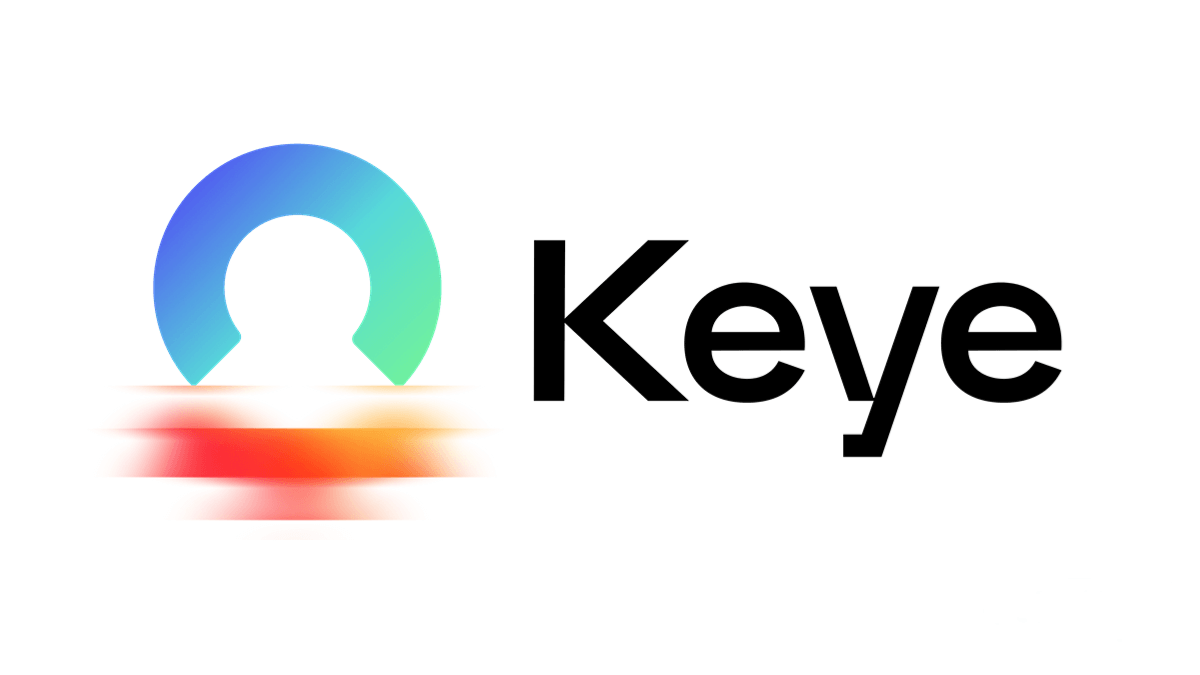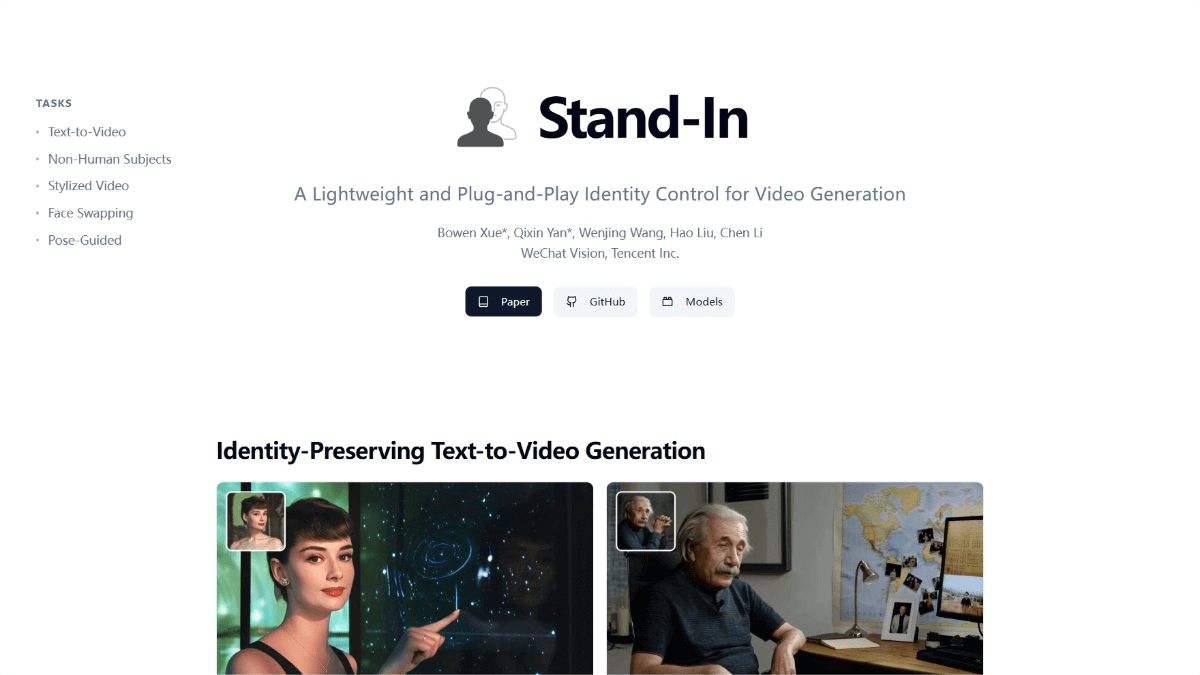F – Lite – A text – to – image model open – sourced jointly by Freepik and FAL
What is F-Lite?
F-Lite is a 10B-parameter text-to-image model open-sourced by the Freepik team in collaboration with FAL. It is trained on 80 million copyright-safe images from Freepik’s internal dataset and is licensed for commercial use.
F-Lite uses T5-XXL as its text encoder, injecting features from the 17th layer into a DiT-based (Denoising Image Transformer) model. Training includes both 256×256 and 512×512 resolution pretraining, followed by 1024×1024 resolution fine-tuning, requiring significant computational resources.
A specialized variant, F-Lite Texture, is optimized for rich textures and highly detailed prompts.

Key Features of F-Lite
-
Text-to-Image Generation
Users can input text descriptions to generate images that match the prompt. -
Commercial License
Trained on Freepik’s copyright-safe dataset, making the generated images safe for commercial use. -
Multi-Resolution Training
Supports generation at 256, 512, and 1024 resolutions, catering to various application needs. -
Specialized Texture Version
The F-Lite Texture variant is tailored for enhanced texture detail and prompt sensitivity.
Technical Principles of F-Lite
-
Diffusion Model Architecture
Based on the reverse diffusion process, transforming random noise into meaningful images.
It utilizes a text-conditional diffusion model that integrates text features during image generation. -
Text Encoder
Uses T5-XXL to extract semantic features from prompts.
Instead of using the final layer, features from the 17th layer are extracted to better capture semantic meaning.
These features are injected into the diffusion model using cross-attention, ensuring strong alignment between image and text. -
Training Strategies
-
Multi-Resolution Pretraining: Conducted at 256×256 and 512×512 to learn basic image features.
-
High-Resolution Fine-Tuning: Trained at 1024×1024 to generate high-quality images.
-
Reinforcement Learning: Incorporates GRPO (Gradient-based Reinforcement Policy Optimization) to enhance image diversity and quality.
-
-
Optimization Techniques
-
Introduces learnable register tokens for better text-image alignment.
-
Employs residual connections to improve training stability and efficiency.
-
Applies μ-Parameterization to optimize the diffusion process, improving image generation quality.
-
F-Lite Project Resources
-
GitHub Repository: https://github.com/fal-ai/f-lite
-
Hugging Face Model Hub: https://huggingface.co/Freepik/F-Lite
-
Technical Paper: F-Lite Technical Report (PDF)
-
Online Demo: https://huggingface.co/spaces/Freepik/F-Lite
Application Scenarios of F-Lite
-
Creative Design:
Generates visual materials and inspiration for advertisements, posters, illustrations, etc., improving design efficiency and creativity. -
Content Creation:
Produces images for social media and blog posts, enhancing visual appeal and engagement. -
Game Development:
Quickly generates game characters, scenes, and complex textures, accelerating the game development process. -
Education and Learning:
Creates images based on educational content to aid understanding and memory retention, improving learning outcomes. -
Business and Enterprise:
Generates product display images, brand promotion visuals, and more for marketing and brand-building efforts, enhancing brand image and competitiveness.
Related Posts




